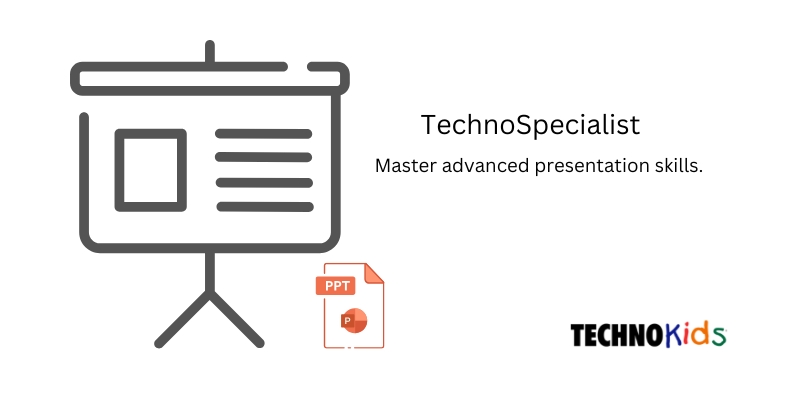
Introducing PowerPoint Skills for Students with the TechnoSpecialist Course
PowerPoint is a powerful tool, but do you know how to use it like a pro? The TechnoSpecialist course for high school learners focuses on teaching PowerPoint skills for students, providing advanced techniques to create engaging and professional presentations. Alongside this, the course offers a deeper understanding of computer hardware, making it both educational and practical. This hands-on approach ensures students develop expert presentation skills while exploring the fascinating world of computer components. Learning about technology has never been so fun and effective!
Introduction to PowerPoint and Computers
The TechnoSpecialist course introduces students to the role of Information Technology specialists. In this exciting project, students work for a company that manufactures personal computers. The company’s new initiative, “Your Computer, Your Way,” allows consumers to choose their own computer components. To help the customers, students create an information package using PowerPoint, explaining the different parts of a computer.
The students learn about the central processing unit (CPU), storage devices, memory, graphics card, and more. The goal is to make these technical concepts easy to understand for everyday people who may not be familiar with computer terminology.
Session Breakdown
The course is divided into six sessions, with each one focusing on a different aspect of computer hardware and PowerPoint skills for students.
Session 1: Introduction to the Computer The journey begins by introducing the basic components of a computer. Students learn about the different types of computers and input/output devices. They then use PowerPoint to create a title slide and an introductory slide for their project. The focus here is on customizing the slide master to make the presentation unique and professional.
Session 2: Storage Devices In this session, one learns about the importance of data storage. They explore storage devices such as flash drives, hard drives, and cloud storage. The students use PowerPoint to compare these devices, creating slides that explain how each one works and the advantages of each. A comparison chart is used to make it easy for consumers to understand the differences between the devices.
Session 3: Types of Memory Next, students dive into memory types: RAM (Random Access Memory) and ROM (Read-Only Memory). They learn about the role these memories play in the computer’s performance. Using a graphic organizer, students summarize the key differences between RAM and ROM and how each affects the speed and performance of a computer. This slide is crucial for helping customers make informed decisions when buying a computer.
Session 4: The Microprocessor The heart of any computer is the microprocessor. In this session, the class learns how the microprocessor affects the overall performance of a computer. They create slides that explain the history and function of microprocessors in a simple way, helping consumers understand what to look for when choosing a computer.
Session 5: Sight and Sound Now it’s time to focus on the visual and audio components of a computer. Students learn about monitors, graphics cards, and sound cards. They explore what makes a good monitor, looking at factors like resolution and contrast. They also learn about the importance of sound cards and how they contribute to the overall user experience. Young learners then insert sound and video clips into their PowerPoint presentation to bring their slides to life.
Session 6: Your Computer, Your Way! In the final session, students bring everything together. They review their slides, add speaker notes, and practice presenting their information to an audience. They also learn how to create an interactive tutorial using hyperlinks and action buttons. Finally, they save the presentation as a video, which can be shared online or emailed to customers. The project wraps up with students printing a handout of their information package.
Why It Works
The TechnoSpecialist course is designed to give students real-world skills while also teaching them complex technology concepts. By working on this project, students develop advanced PowerPoint skills that they can use in future classes, jobs, or even personal projects. They also gain a deeper understanding of the components that make up a computer, which will help them make better purchasing decisions or pursue careers in technology.
The TechnoSpecialist course not only teaches PowerPoint skills for students, but also prepares them for careers in information technology. Through project-based learning, high school learner’s gain hands-on experience in both technology and presentation skills. By the end of the course, they will have mastered PowerPoint’s advanced features and be able to create compelling, interactive presentations that explain complex ideas in simple, easy-to-understand terms.
So, whether you’re a student interested in IT or someone looking to enhance your presentation skills, TechnoSpecialist is the perfect course to get started. The program is easily available in Dubai and the Middle East, making it accessible for all learners.

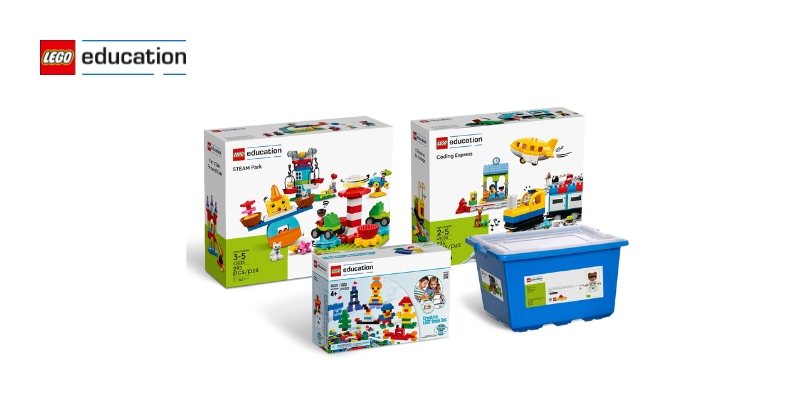
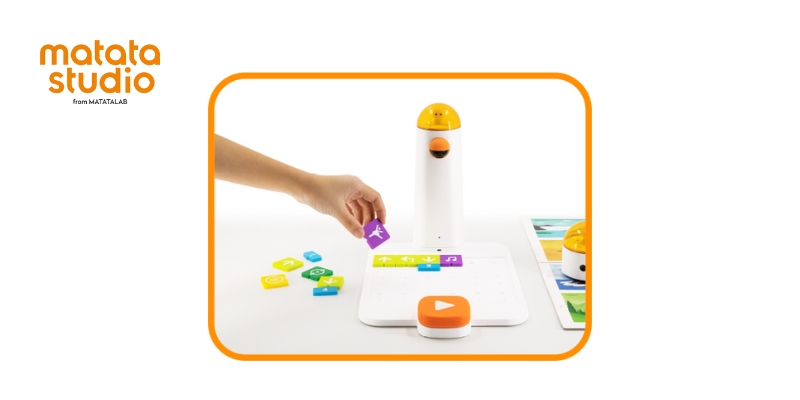
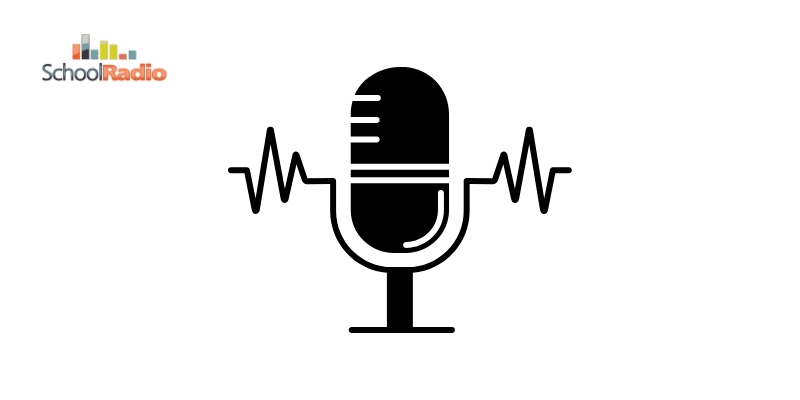
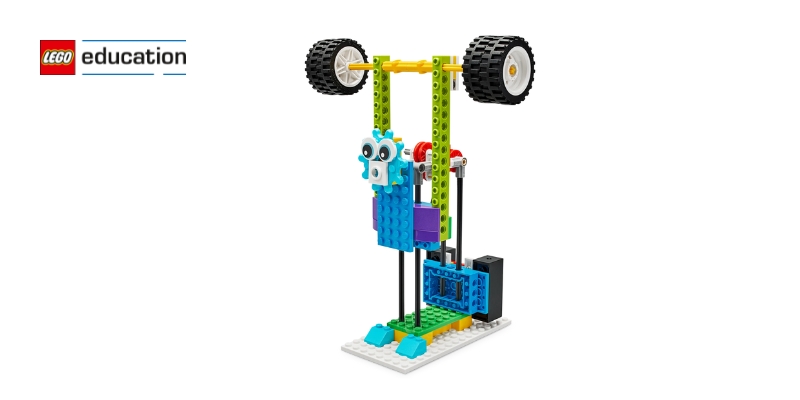




Recent Comments